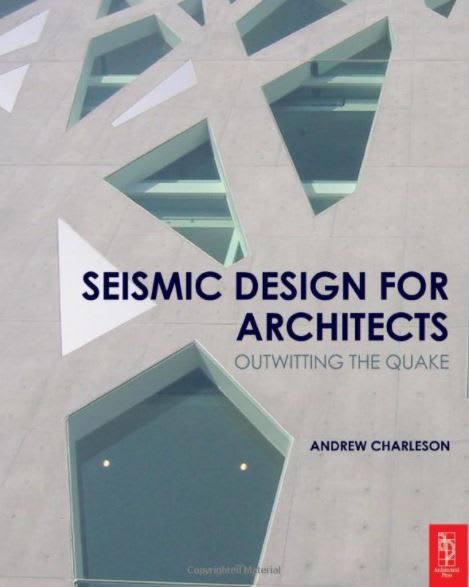Carlo01
Structural
- Oct 26, 2013
- 3
Hello fellow engineers,
Wondering if anyone could recommend a very basic book about earthquake structural analysis and design. This is one area that I'd like to improve on as a structural engineer. Unfortunately, I don't have a masters degree because I cannot afford it so I'm looking for a book that's super elementary. As of now, I'm limited to designing Part 9 building structures which does not require earthquake analysis.
Thank you so much for anyone's help.
-Carlo G.
Structural P. Eng.
Wondering if anyone could recommend a very basic book about earthquake structural analysis and design. This is one area that I'd like to improve on as a structural engineer. Unfortunately, I don't have a masters degree because I cannot afford it so I'm looking for a book that's super elementary. As of now, I'm limited to designing Part 9 building structures which does not require earthquake analysis.
Thank you so much for anyone's help.
-Carlo G.
Structural P. Eng.




